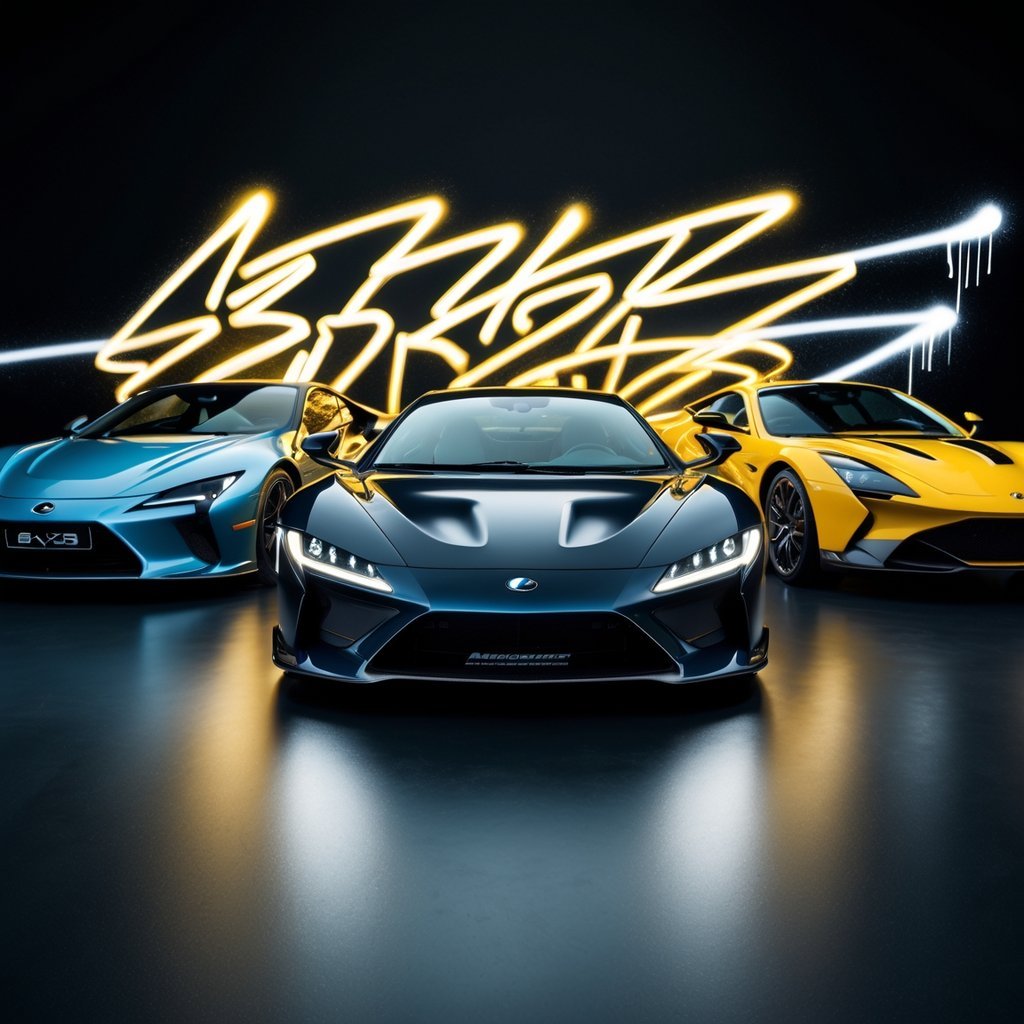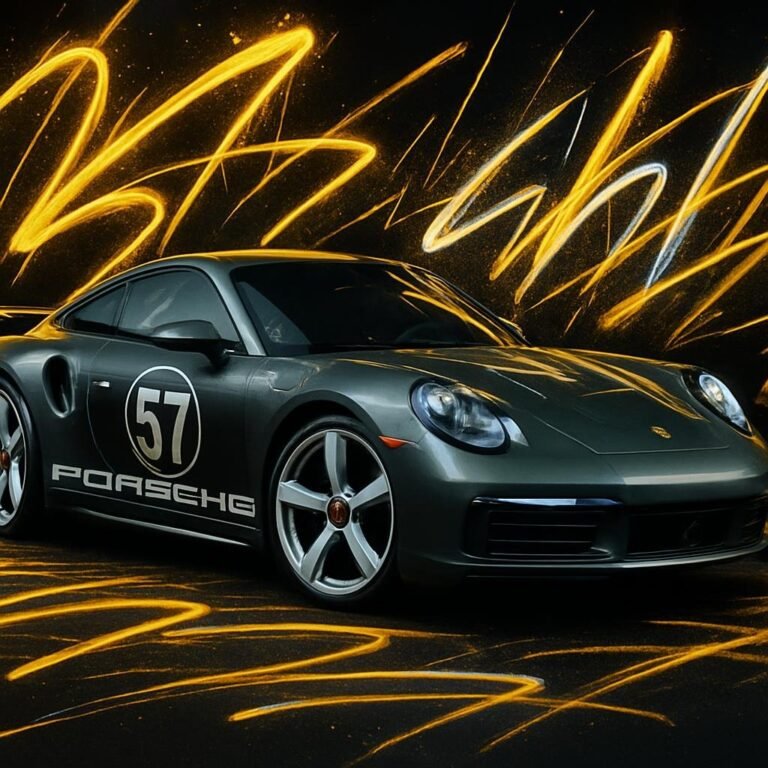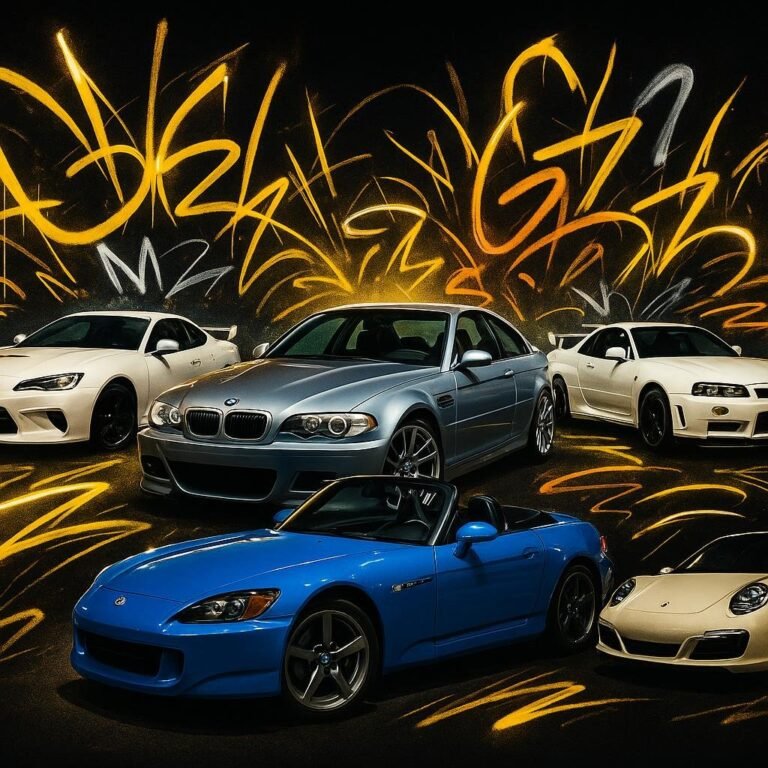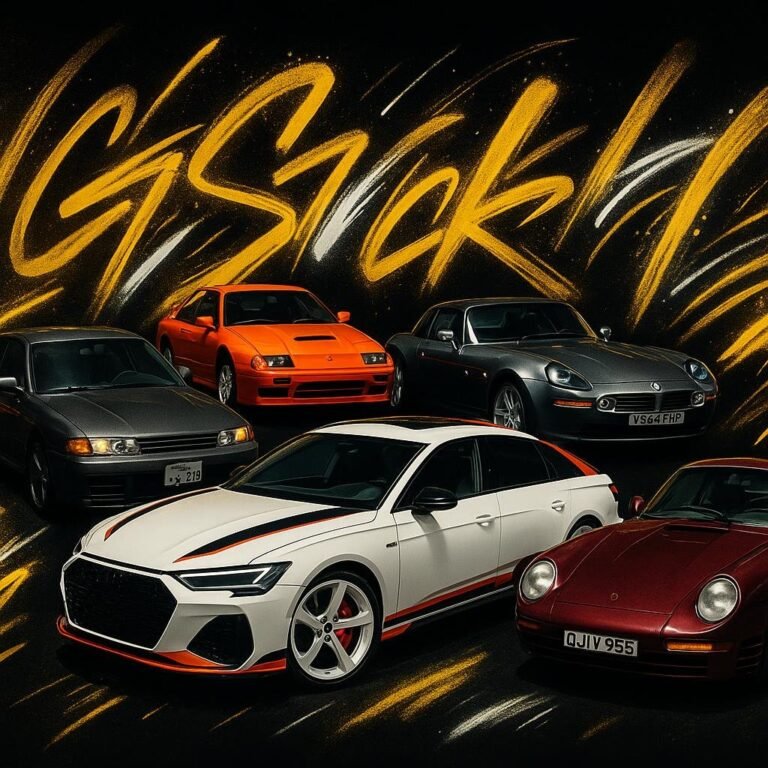Let’s be honest, limited edition cars are the crown jewels of the automotive world. They’re where manufacturers really flex their muscles and show off what’s possible when passion and engineering collide.
Among these rare beasts, naturally aspirated engines have a special magic—serving up pure, unfiltered power and a symphony of sound that just can’t be faked. There’s something about that raw, mechanical connection that turbochargers and superchargers simply can’t replicate.
Here are six of the fastest naturally aspirated limited edition cars that prove you don’t need forced induction to reach the summit of speed and excitement. From the precision of Japanese engineering to Italian artistry, these machines remind us why enthusiasts and collectors still chase the thrill of natural aspiration.
1) Lexus LFA
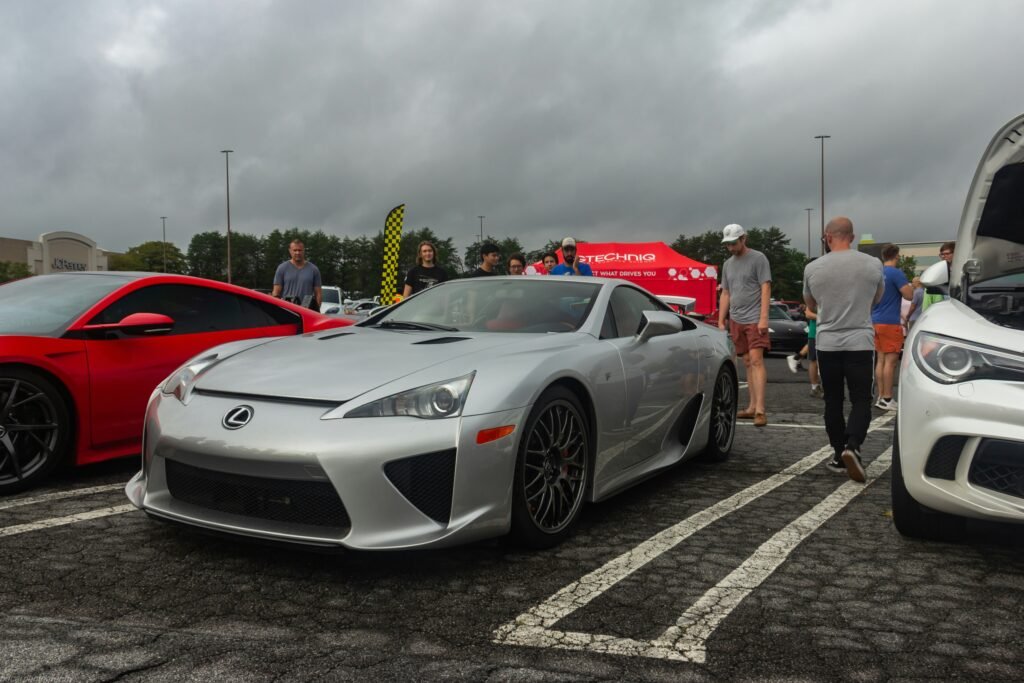
The Lexus LFA is, in my view, one of the boldest supercars ever to roll out of Japan. Lexus didn’t just dip their toes into the high-performance pool—they cannonballed in.
Its heart? A 4.8-liter naturally aspirated V10 co-developed with Yamaha, pumping out 552 horsepower. I mean, talk about a marvel—this thing revs to a wild 9,000 RPM and screams like a Formula One car on a hot lap.
Lexus spent a decade obsessing over every detail, turning the LFA into a rolling work of art. Analog tachometers couldn’t even keep up with the engine’s rapid acceleration, so they went digital—how’s that for commitment?
Only 500 LFAs ever saw the light of day, making this Japanese supercar one of the rarest naturally aspirated performance cars you’ll ever spot. That scarcity just fuels the legend.
With a top speed north of 200 mph, the LFA didn’t just look the part—it played it. Advanced materials, dramatic styling, and that iconic V10 soundtrack? It’s a total sensory experience.
Honestly, the LFA’s naturally aspirated V10 is music for car lovers. It’s easily one of the most powerful NA supercars in history, and it’s no wonder collectors keep chasing this unicorn.
2) Ferrari LaFerrari
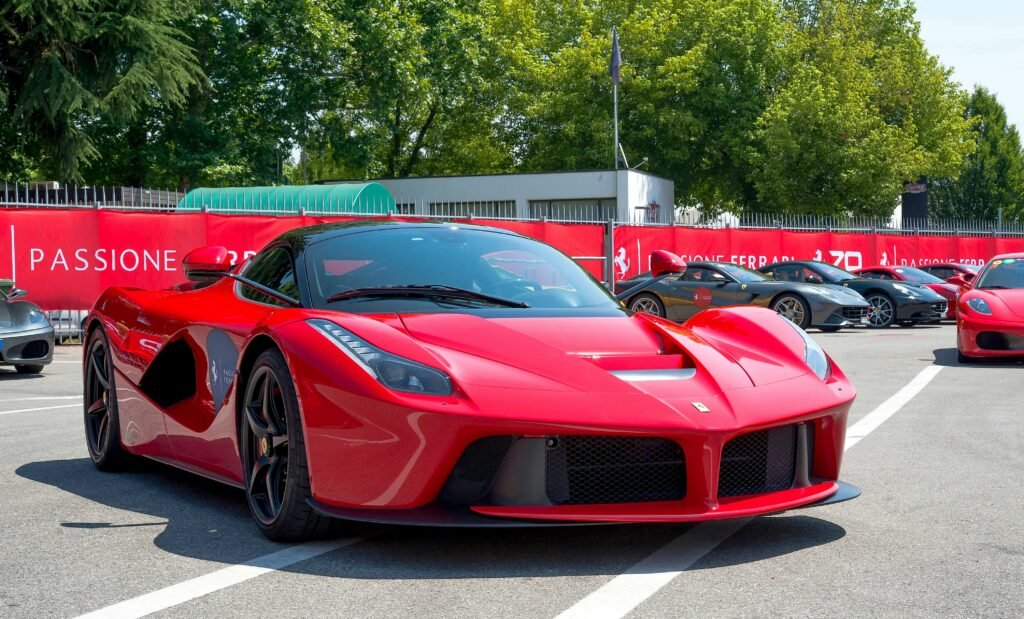
The Ferrari LaFerrari—what a name, right? This car didn’t just break new ground, it paved a whole new road for Ferrari when it dropped at the 2013 Geneva Motor Show.
At its core sits a 6.3-liter naturally aspirated V12, cranking out a wild 800 horsepower at 9,000 rpm. It’s Ferrari’s most powerful NA road car engine—no small feat.
This engine howls all the way to a 9,250 rpm redline. It’s a sound that could wake the dead, and honestly, it’s what makes naturally aspirated hypercars so addictive.
Ferrari didn’t stop there—they paired the V12 with an electric motor, creating a hybrid setup that still feels old-school at heart. It’s the best of both worlds, really.
They built just 499 coupes, and later, 210 Aperta convertibles for the company’s 70th anniversary. Try finding one—good luck!
The LaFerrari sits atop Ferrari’s halo car family, following giants like the 288 GTO, F40, F50, and Enzo. It’s a technological flex, but it never loses that naturally aspirated soul.
Ferrari packed it with wild aerodynamics and cutting-edge materials. For me, it’s proof that even in a hybrid world, there’s still room for a screaming NA engine. That’s aspirational engineering at its finest.
3) McLaren F1
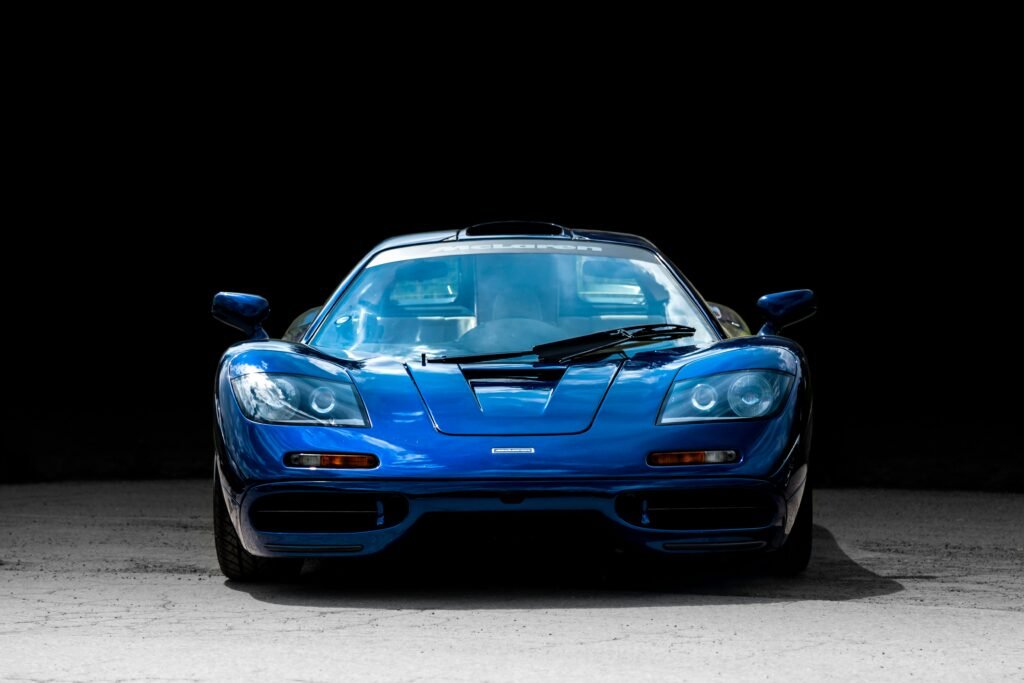
Let’s talk about legends—the McLaren F1 is a unicorn among unicorns. With just 106 ever built, it’s the kind of car that makes collectors lose sleep.
BMW built its 6.1-liter naturally aspirated V12, which churns out over 620 horsepower. No turbos, no superchargers—just raw, mechanical brilliance.
The F1 still holds the record for the fastest naturally aspirated car ever, clocking an insane 240.1 mph. Zero to sixty? A blink-and-you’ll-miss-it 3.2 seconds.
McLaren poured four years into its creation, sweating every detail. Every inch of this car feels purposeful, like it was destined to break records.
Back in the ’90s, the F1 shattered speed records left and right. It reigned supreme until the Bugatti Veyron showed up years later.
Want drama? The engine bay is lined with pure gold to reflect heat—because why not? That’s the kind of over-the-top engineering you rarely see.
And the seating? The driver sits dead center, flanked by two passengers. It’s weird, it’s wonderful, and it gives you a cockpit view like nothing else.
Even now, the McLaren F1 tops the naturally aspirated hypercars list. No one’s dethroned it—and honestly, who could?
4) Porsche 911 GT3 RS (997)
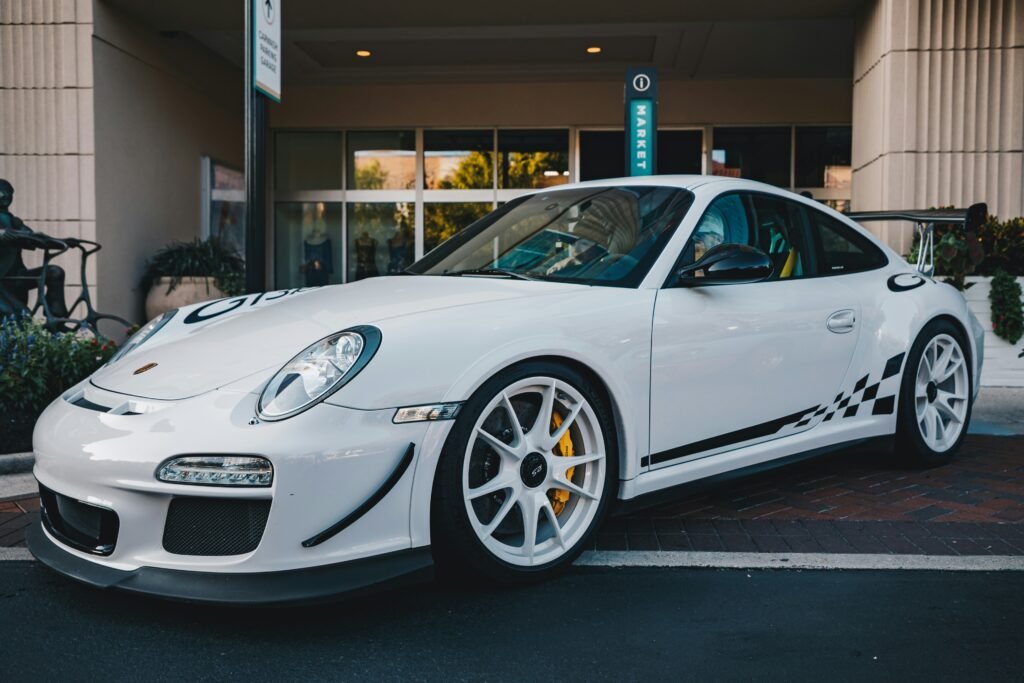
The 997 GT3 RS is, to me, the last hurrah for Porsche’s iconic Mezger engine. It’s a car that oozes character and history from every seam.
The GT3 RS 4.0 was the grand finale—a naturally aspirated flat-six with racing DNA. This engine was originally destined for the track, but Porsche slipped it into a road car for the lucky few.
Its 4.0-liter engine is the most powerful NA flat-six Porsche ever put on the street. That’s not just a stat, it’s a statement.
Porsche focused on weight reduction, using carbon fiber and stripping out anything unnecessary. The result? A car that feels like a scalpel on wheels.
With a top speed of 193 mph, the 997 GT3 RS was among the fastest naturally aspirated limited edition cars of its era. You can feel the racing spirit every time you rev it out.
Collectors chase this model for its pure, analog driving feel. No turbo lag, no electric trickery—just a direct connection between your right foot and the flat-six behind you.
Honestly, if you want a car that bridges the gap between street and circuit, this is it. The 997 GT3 RS is a love letter to driving enthusiasts everywhere.
5) Aston Martin V12 Vantage S
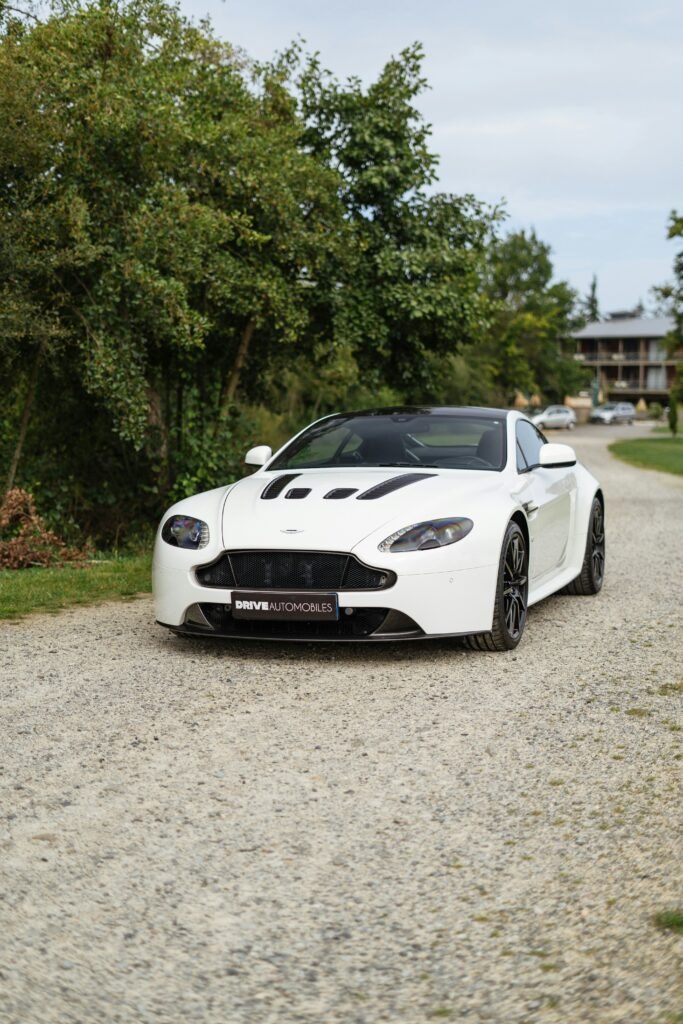
The Aston Martin V12 Vantage S is a British brute with a heart of gold. Limited to just 351 units, it’s rarer than a sunny day in London.
Under the hood, you’ll find a hand-built 6.0-liter naturally aspirated V12 making over 500 horsepower. It’s a powerplant that rewards you at every rpm—no waiting, just go.
It rockets from 0-60 mph in 3.8 seconds. For a car this elegant, that’s almost rude.
Aston Martin kept things old-school with hydraulic steering and an aluminum chassis. It’s a car that feels alive, not insulated.
And yes, you can get it with a manual gearbox. That’s a unicorn feature these days, and it lets you wring every drop of joy from that V12.
The V12 Vantage S is pure, unfiltered driving fun. It’s a naturally aspirated performance car that stirs the soul—and it’s no wonder collectors covet every last one.
Each car was built by hand, and you can feel the craftsmanship in every detail. It’s a rare breed, and honestly, it’s one of the best limited edition naturally aspirated cars you’ll find in 2025 or any year.
6) Ferrari 458 Speciale
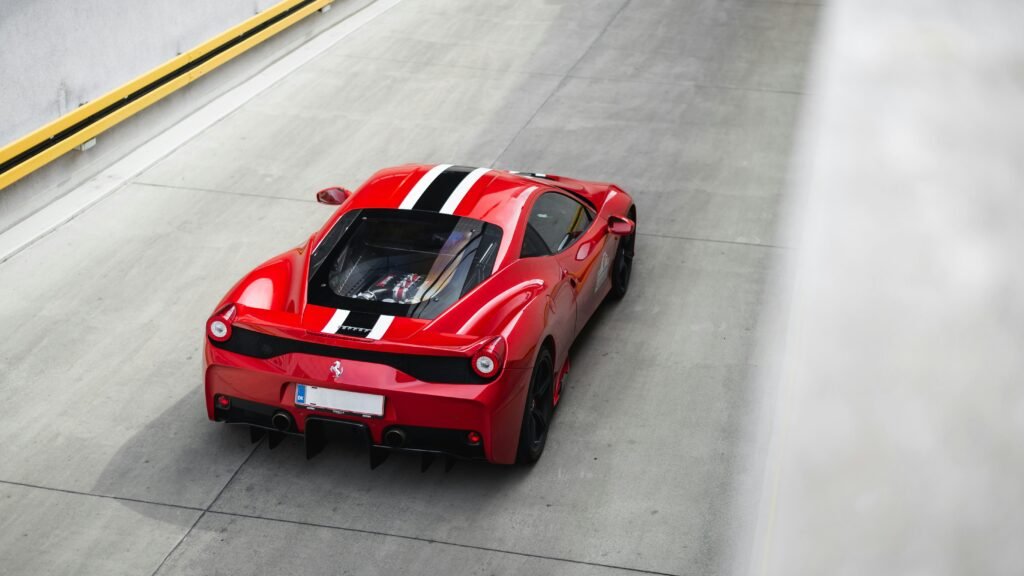
The Ferrari 458 Speciale is, simply put, the swan song for Ferrari’s naturally aspirated V8s. It’s the last of its kind, and wow, does it go out with a bang.
Beneath the hood lies a 4.5-litre V8 pumping out 597 horsepower and 398 lb-ft of torque. Zero to sixty in 3.0 seconds, and it’ll keep pulling to 202 mph.
Ferrari didn’t just tweak the 458 Italia—they transformed it. Lighter, sharper, and more aerodynamic, the Speciale is a track weapon you can drive on the street.
This car follows in the footsteps of the 360 Challenge Stradale and 430 Scuderia, but it’s the last naturally aspirated V8 Ferrari ever made. That alone makes it a collector’s dream.
Production was limited, so good luck finding one that isn’t locked away in a collection. These cars aren’t just holding value—they’re climbing.
After the 458 Speciale, Ferrari went turbocharged for its V8s. For purists, that makes this car the end of an era, and honestly, it’s bittersweet.
There’s also the 458 Speciale A, the open-top version. Same glorious engine, just more wind in your hair and more V8 music for your ears.
Engineering Advantages of Naturally Aspirated Engines
There’s something almost poetic about high-performance limited edition cars powered by naturally aspirated engines. These powerplants serve up immediate throttle response, a predictable power curve, and a refreshing lack of mechanical clutter compared to forced induction setups.
Immediate Throttle Response
Naturally aspirated engines pull air in using only atmospheric pressure. That means when you stomp the throttle, the engine responds right away—no waiting around for a turbo to spool up or a supercharger to catch its breath.
On the track, that instant reaction can mean the difference between nailing an apex and missing it. You can feather the throttle mid-corner, and the car just listens—no delays, no drama.
Throttle Response Comparison:
- NA Engines: 0.1-0.2 seconds
- Turbocharged: 0.3-0.8 seconds
- Supercharged: 0.2-0.4 seconds
There’s no turbo lag to spoil the fun. That’s why the world’s fastest naturally aspirated limited edition cars still draw crowds at track days and collector events.
Linear Power Delivery
Naturally aspirated V6 engines rely on displacement and pure efficiency—not forced air—to make power. What you get is a smooth, steady climb in power as the revs rise. No sudden surges, no unpredictable dips.
From idle to redline, the acceleration just builds. It’s easy to keep the car balanced, even when you’re pushing the limits.
Key Benefits:
- Smooth transition across the RPM range
- No boost threshold to worry about
- Consistent performance no matter the weather
- Confidence for drivers at any skill level
Mechanical Simplicity
Naturally aspirated engines keep things simple. No turbos, no intercoolers, no labyrinth of piping or electronics to manage boost.
Fewer parts mean fewer things that can break—a blessing when you’re talking about the rarest naturally aspirated performance cars, where replacement parts can cost a fortune or simply not exist.
Mechanics love these engines. There’s more room to work, less to go wrong, and maintenance is a breeze compared to turbocharged monsters.
Simplified Systems:
- No turbo maintenance headaches
- Less heat to manage
- Lower electrical complexity
- Cheaper long-term repairs
Bonus: Ditching the turbo hardware can shave 50-100 pounds off the car. That’s free performance—better power-to-weight, sharper handling, and a purer driving experience.
Why Automakers Produce Limited Edition Fast NA Cars
So why do brands still pour time and money into building the best limited edition naturally aspirated cars for 2025 and beyond? Simple. These cars are rolling showcases of engineering passion and brand heritage. They’re love letters to enthusiasts who crave something authentic in a world of turbocharged sameness.
Brand Legacy and Heritage
For legends like Ferrari and Porsche, naturally aspirated engines are the heart and soul of their racing DNA. The Ferrari 812 Superfast is a masterclass in this philosophy—a front-mounted V12 that roars with character, not computers.
Short production runs—think 500 or maybe 1,000 units—crank up the exclusivity. Each car becomes a badge of honor, a rolling museum piece that tells the story of a brand’s greatest hits.
Sometimes these cars celebrate milestones or racing wins. The Lexus LFA is a prime example, with its naturally aspirated V10 so advanced that Lexus had race car drivers teach owners how to handle it.
Exclusive Performance Features
Limited edition naturally aspirated supercars get the royal treatment. Manufacturers invest in wild materials and obsessive engineering. Carbon fiber? Absolutely. The Pagani Zonda F Clubsport is basically a carbon sculpture, and its 7.3-liter V12 makes the most of that featherweight structure.
Engines are hand-built, with each part balanced and blueprinted by master technicians. It’s overkill in the best possible way.
Of course, you’ll find advanced aero, track-ready suspension, and brakes that could stop a freight train. These aren’t just fast—they’re the most powerful NA supercars in history, and they feel like it.
Appeal to Enthusiasts and Collectors
If you’re a purist, nothing beats the direct connection of a naturally aspirated engine. No turbo lag, no artificial noises—just pure, mechanical music. That’s why these cars are the holy grail for collectors and die-hard fans.
Brands know their audience. Purists want the real thing, and these cars deliver. Many owners become lifelong ambassadors, spreading the gospel of NA power.
And let’s be honest—these cars aren’t just toys. They’re investments. As emissions rules tighten, the rarest naturally aspirated performance cars are only getting harder to find. Values are climbing, and the market knows it.
Look at the Ferrari LaFerrari. It pairs a naturally aspirated V12 with hybrid tech for a total of 950 horsepower. It’s a bridge between old-school performance and the electric future, and it’s already a legend.
Final Words
In a world racing toward electrification, these naturally aspirated legends remind us what true driving passion feels like—raw, mechanical, and alive. No turbos, no filters, just pure connection between man and machine. These cars aren’t just fast—they’re timeless testaments to performance perfection that will never fade from memory.
Thanks for reading! If you enjoyed this deep dive, be sure to subscribe to my email list for exclusive car reviews, insider tips, and weekly special offers on car parts, auctions, and gear — perfect for any car enthusiast.
And don’t forget to read related posts for more great content!
Frequently Asked Questions
Curious about the fastest naturally aspirated limited edition cars? The McLaren F1 and Lexus LFA are icons for a reason. They blend monster engines with lightweight builds, setting records and turning heads everywhere they go.
What are the top six limited edition cars with the fastest naturally aspirated engines?
The McLaren F1 is still king—its 6.1-liter BMW V12 cranks out 627 horsepower. Ferrari’s LaFerrari isn’t far behind, with a 6.3-liter V12 that makes 789 horsepower (without hybrid boost, if you can believe it).
Lexus LFA? That 4.8-liter V10 sings to 552 horsepower. Porsche’s 911 GT3 RS (997) packs a 4.0-liter flat-six with 500 horsepower, and the Aston Martin V12 Vantage S throws down with 565 horsepower from its 6.0-liter V12. Each of these cars is a masterwork of naturally aspirated engineering and a fixture on any serious naturally aspirated hypercars list.
Which limited edition naturally aspirated cars achieved the quickest 0-60 times?
The McLaren F1 still wows with a 0-60 mph time of 3.2 seconds—impressive for a ‘90s car. The Ferrari LaFerrari? A bonkers 2.4 seconds, thanks to that wild V12.
Lexus LFA gets there in 3.6 seconds, and the Porsche 911 GT3 RS does it in 3.3. Aston Martin’s V12 Vantage S isn’t far behind at 3.7 seconds. These numbers prove that the top naturally aspirated supercars ever made can still run with the best turbocharged machines.
What are the high-performing naturally aspirated engines in modern limited edition vehicles?
The Ferrari LaFerrari’s 6.3-liter V12 is a monster—789 horsepower, spinning to a 9,250 rpm redline. That’s about as close to a race car as you’ll find on the street.
The Lexus LFA’s 4.8-liter V10, built with Yamaha, delivers 552 horsepower and revs to 9,000 rpm. It’s famous for its sound and razor-sharp throttle response.
And the McLaren F1’s BMW-sourced V12? Still legendary, still the benchmark for naturally aspirated power, especially among the rarest naturally aspirated performance cars ever made.
Can you list some affordable limited edition cars that feature naturally aspirated engines?
“Affordable” is a stretch, but the Porsche 911 GT3 RS (997) is the most approachable of the bunch—if you have $200,000 burning a hole in your pocket. The Aston Martin V12 Vantage S might dip closer to $150,000 if you hunt around, but bargains are rare in this club.
Truth is, truly affordable options are few and far between. The best limited edition naturally aspirated cars for 2025 and beyond will likely stay out of reach for most, thanks to their exclusivity and wild performance.
How do V8 naturally aspirated engines compare in speed among recent limited edition models?
Here’s the twist: the fastest naturally aspirated limited edition cars don’t usually have V8s. The McLaren F1, Ferrari LaFerrari, and Aston Martin V12 Vantage S all went bigger—V12s, or in the case of the Lexus LFA, a screaming V10. Porsche’s flat-six is another outlier.
V8 naturally aspirated engines mostly show up in muscle cars and more mainstream sports cars, not the top-tier supercars. When automakers chase record-breaking power, they reach for V10s and V12s—more cylinders, more displacement, more drama.
What are some notable limited edition naturally aspirated cars released in 2020?
Alright, let’s be real—2020 wasn’t exactly a golden year for naturally aspirated engines. The automotive world leaned hard into turbocharged and hybrid powertrains, and I get it, emissions rules were tightening like a noose.
By then, most manufacturers had already waved goodbye to the old-school NA setups. It’s bittersweet, honestly.
Porsche still kept the dream alive with their naturally aspirated GT3 models, but they didn’t drop any special limited editions that year. And Ferrari? Well, they’d already embraced turbocharging for most of their lineup, chasing that blend of efficiency and power.
With stricter emissions regulations breathing down everyone’s neck, new limited edition naturally aspirated performance cars became unicorns—rare, almost mythical.
If you’re hunting for the fastest naturally aspirated limited edition cars or those rarest naturally aspirated performance cars, 2020 probably isn’t your year. Most of the true legends—the top naturally aspirated supercars ever made—rolled off the line years earlier, setting records and stealing hearts. Just think of icons like the McLaren F1 and the Lexus LFA with its screaming V10.

